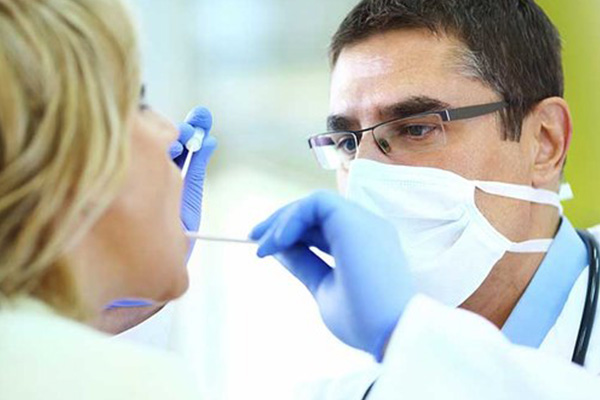
A sputum test, also known as a sputum culture, is a test that your doctor may prescribe to discover what is developing in your lungs if you have a respiratory tract infection or another lung-related condition.
Sputum is a thick substance that accumulates when bacteria or fungi grows and multiples in the lungs or bronchi. The developing material may make breathing difficult and induce coughing as it builds. As it accumulates, the growing substance can make breathing more difficult and cause coughing.
Bacteria, viruses, and fungus may all cause respiratory problems. By understanding the cause of your symptoms, your doctor can more effectively treat your condition.
A sputum test may be required if you have any of the following symptoms:
During a sputum test, you will be asked to cough deeply enough to bring up a large quantity of sputum so your doctor can evaluate it. The most difficult aspect of the test is generating a sample size large enough to test. Saliva from the upper airways is ineffective for this test.
Your sputum sample will be submitted to a laboratory within one to three hours after being collected. A pathologist will do tests to establish whether the growth is caused by a bacteria, virus, or fungus.
Sputum test for tuberculosisSputum smear test
For sputum smears, the TB bacterium is stained with an agent that binds to the acids on the cell wall. This is typically done using the Ziehl-Neelsen method. It is also known as an acid-fast stain. However, sputum smears often do not detect TB especially in people who have advanced HIV disease. As a result, sputum smear microscopy has low sensitivity, missing many cases of active tuberculosis.
Sputum culture testFor sputum cultures, the sputum is added to a special surface in a laboratory, under circumstances that will encourage the TB bacterium to grow. The bacterium's growth is then monitored. Because tuberculosis germs develop so slowly, this may take 3 to 4 weeks, or even longer. If there are TB bacteria in the sputum, they will begin to proliferate in circular clusters, and the culture will be considered positive. A positive culture indicates an infection with Mycobacterium tuberculosis, and so indicates active tuberculosis.
Acid fast bacilli smear testAFB smear. Your sample is "smeared" on a glass slide and examined under a microscope in this test. It can provide results in 1–2 days. These findings may indicate a probable or likely infection, but they may not offer a definitive diagnosis.
Acid fast bacilli culture testYour sample is transported to a lab and placed in a particular environment to enhance the growth of bacteria in this test. An AFB culture may confirm a TB or other infection diagnosis. However, growing enough bacteria to identify an illness takes 6–8 weeks. If your AFB culture was positive, it means you have active TB or another type of AFB infection. The culture can tell you what kind of infection you have. Your doctor may request a "susceptibility test" on your sample after you have been diagnosed. A susceptibility test is performed to evaluate which antibiotic will be the most effective for the treatment.
GeneXpert testA novel test for diagnosing active tuberculosis was recently developed. It's called the GeneXpert, and it also works with sputum samples. If the sample contains TB bacterium, it multiplies its DNA (the “genes” of the bacterium, DNA is short for deoxyribonucleic acid) through a method called PCR (polymerase chain reaction). This allows it to detect TB bacterium very reliably, and also very fast – it only takes about 2 hours for the test to come to a result. So far, it has shown high sensitivity and specificity, and it can also determine if the TB bacteria is resistant to one of the TB drugs, rifampicin.
